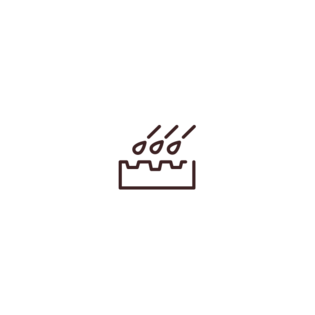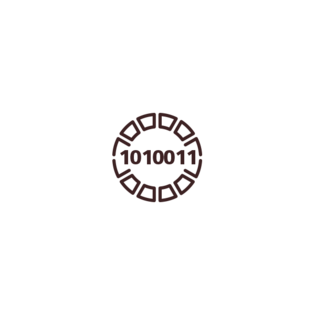
Technology
Digital printing itself is not an innovation anymore. It has been in use in many different industries like printing & packaging for quite some time. The use of Digital Printing Technology in the flooring and furniture industry however is a true innovation.
The crucial difference compared to common indirect printing technology is the application of a digital printer, printing the desired image directly onto the (pre-finished) substrate. The water or UV-based ink is applied onto a water or UV-based receptive layer in a single pass or even multi-pass process. The colorless performance coatings above the decor are usually done with UV-varnishes. In the meantime, digital printing is entering the third dimension - the 3D systems from Klumpp Coatings, which are tailored to the new system processes, are the benchmark here!
Added value
- No matter whether it is paper, wood, HDF, MDF, Vinyl, WPC, multiplex, particle boards, mineral fiber or vinyl – Klumpp Coatings‘ adhesion promoter provides perfect bonding to almost every substrate.
- Klumpp Coatings water- and UV-based printing sealers offer the best receptive properties for digital printing with water or UV-based as well as hybrid ink systems. Our close contacts to all manufacturers of digital printers for industrial use, as well as the know how we gained through our experience, not only make sure you have the right line layout tailored to your requirements. You will also achieve excellent printing results in terms of clarity, deepness and brilliance.
- Our field-tested clear UV-performance coatings are capable of covering every conceivable stress class economically - right up to class 34.
- There are practically no limits to the surface design either: gloss levels between 4 and 95 units or three-dimensional surfaces.



